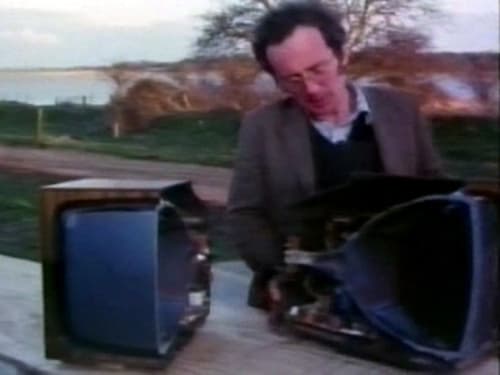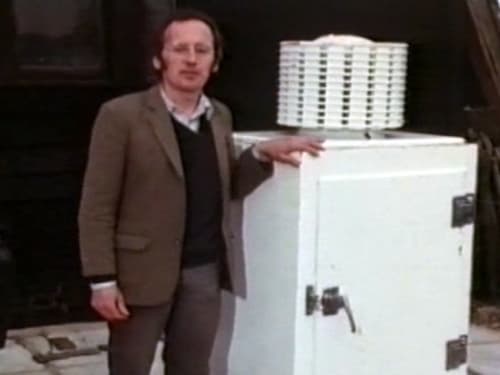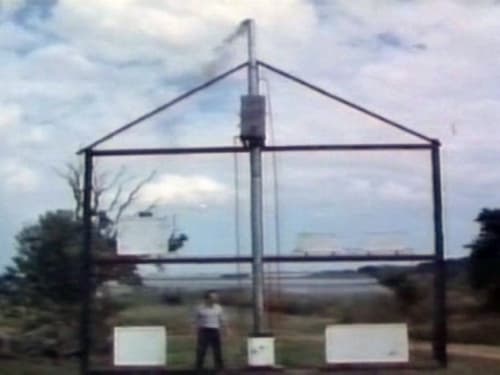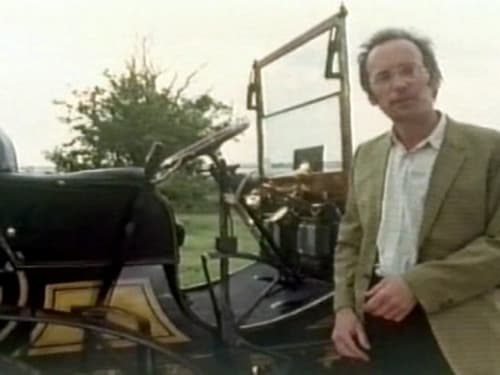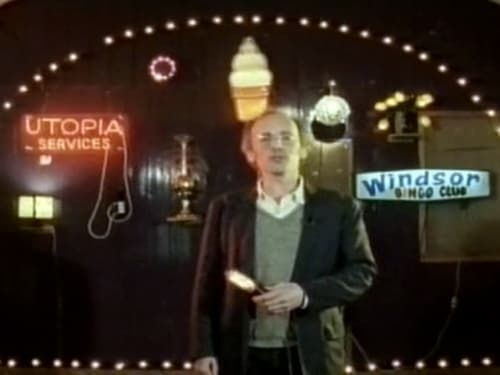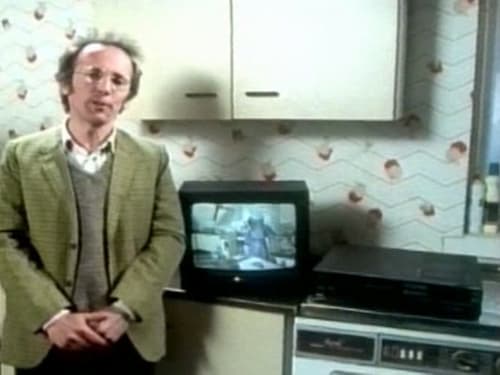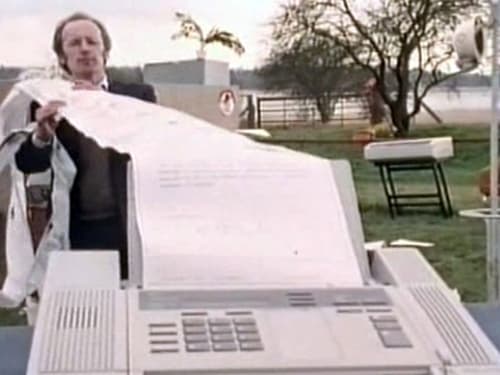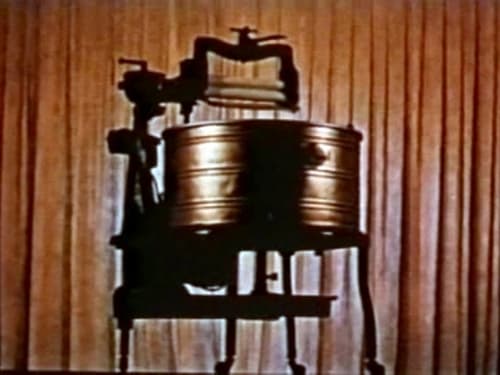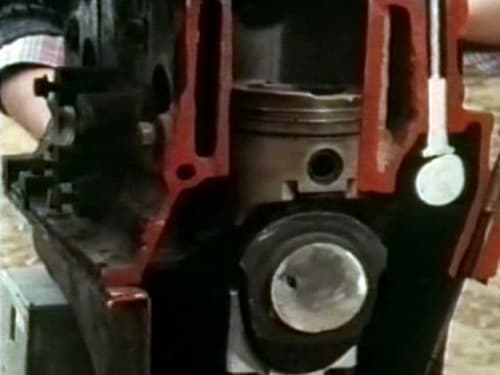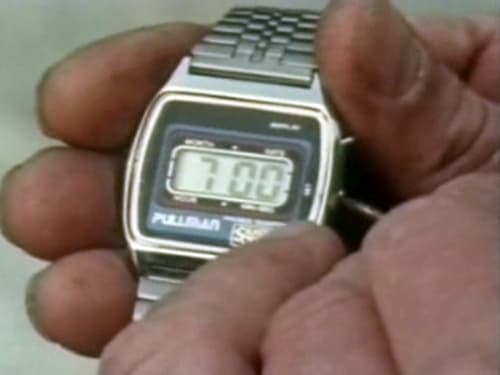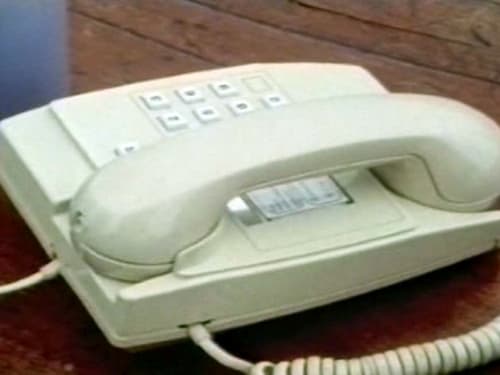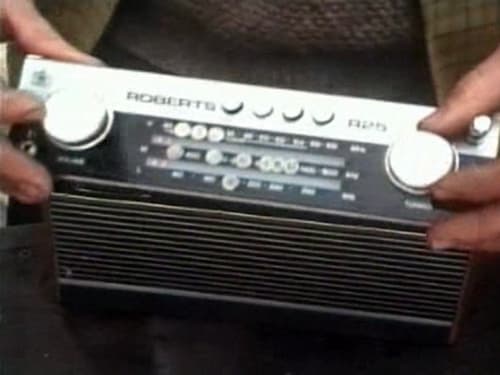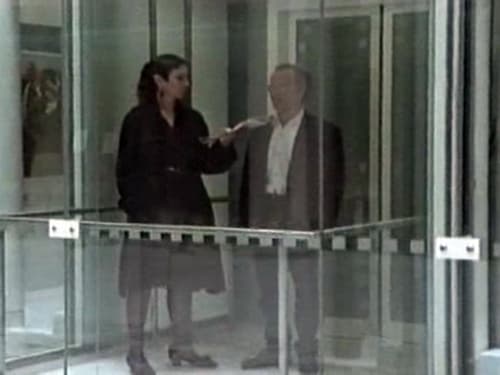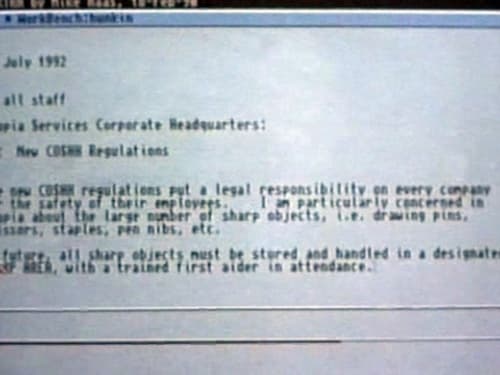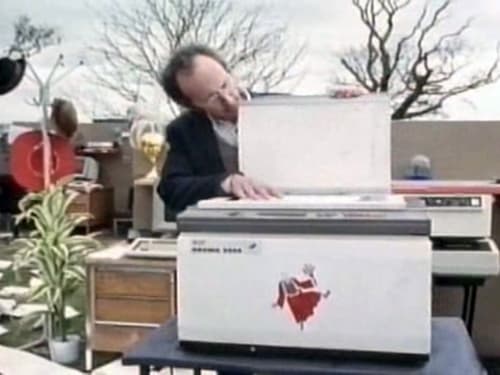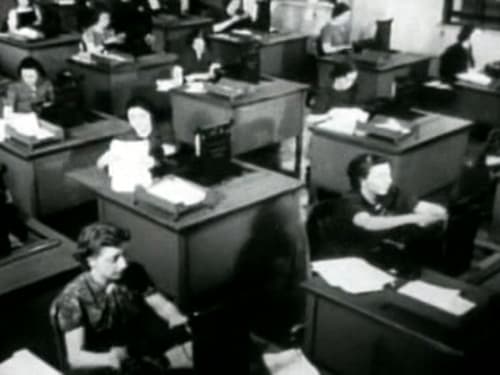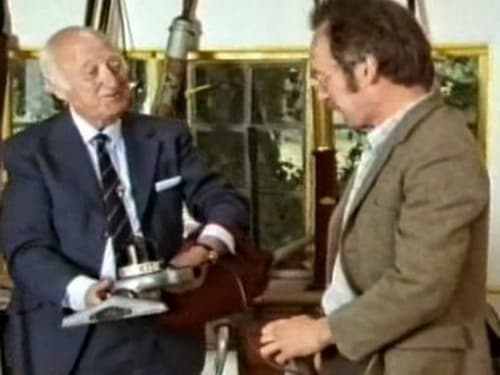 8.1/10(9 votes)
8.1/10(9 votes)#2 - The Secret Life of the Vacuum Cleaner
S1:E1Director:UnknownWriter:Tim Hunkin0 CommentsBe first to comment!Be the first to share your thoughts
Start!Be the first to comment!Be the first to share your thoughts about this episode
Director:UnknownWriter:Tim Hunkin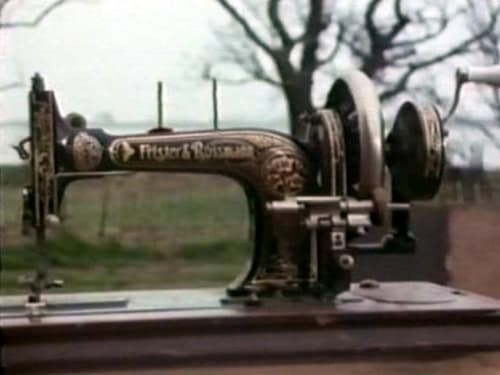 8.0/10(5 votes)
8.0/10(5 votes)#3 - The Secret Life of the Sewing Machine
S1:E3Director:UnknownWriter:Tim Hunkin0 CommentsBe first to comment!Be the first to share your thoughts
Start!Be the first to comment!Be the first to share your thoughts about this episode
Director:UnknownWriter:Tim Hunkin

Documentary

The Best Episodes of The Secret Life of Machines
Every episode of The Secret Life of Machines ranked from best to worst. Let's dive into the Best Episodes of The Secret Life of Machines!

The Best Episodes of The Secret Life of Machines
Documentary
Every episode of The Secret Life of Machines ranked from best to worst. Let's dive into the Best Episodes of The Secret Life of Machines!
The Secret Life of Machines is an educational television series presented by Tim Hunkin and Rex Garrod, in which the two explain the inner workings...
Seasons3
READ
Best Episodes Summary
"The Secret Life of the Television Set" is the best rated episode of "The Secret Life of Machines". It scored 8.2/10 based on 5 votes. Directed by Unknown and written by Unknown, it aired on 12/20/1988. This episode scored 0.1 points higher than the second highest rated, "The Secret Life of the Vacuum Cleaner".
